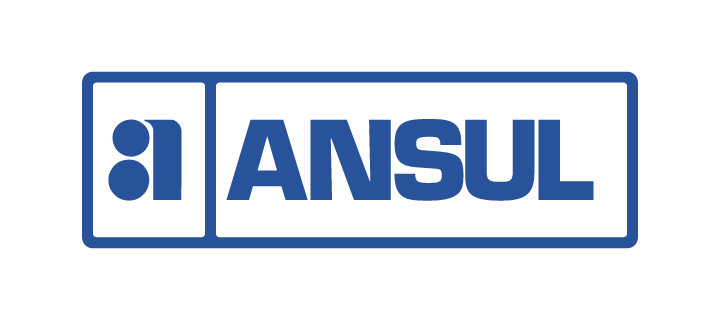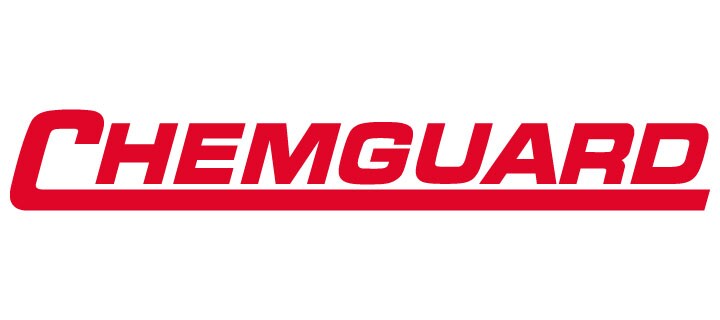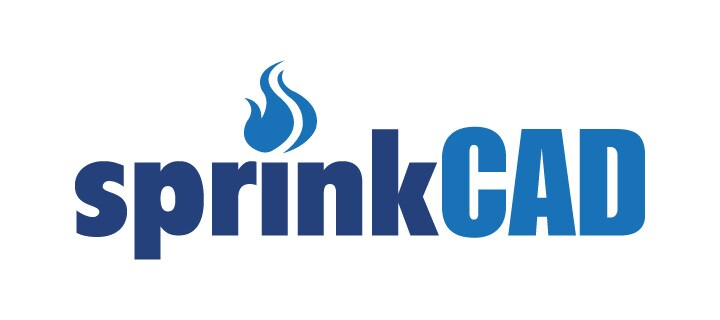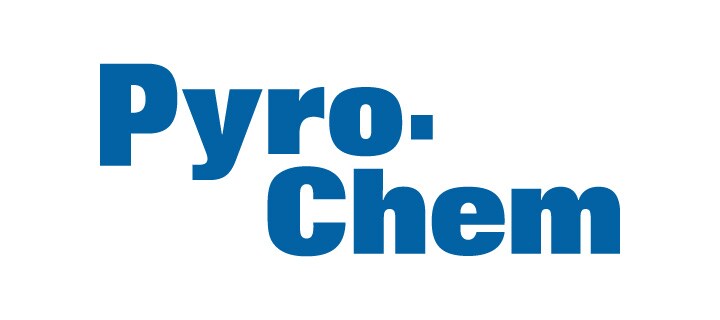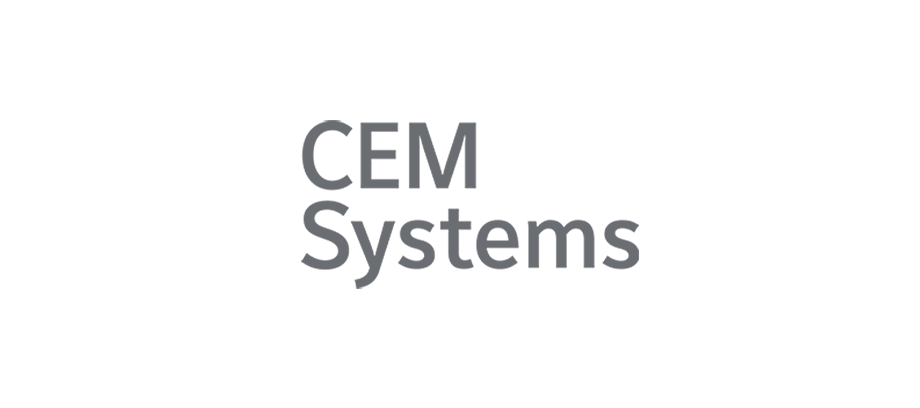NSPMA Conference Recap: How Does Indoor Air Quality Effect Student Health and Performance?
Johnson Controls K-12 experts shared about the studies conducted by Berkeley Lab and the University of California-Davis, which uncovered the value of improved ventilation in classroom environments.

The session discussed the fundamental building factors that influence the health and performance of students, faculty and staff.

Johnson Controls K-12 experts Cheryl Aquadro and Lee Chapman delivered the session, "The Critical Role of Ventilation in the Learning Environment" at the 2020 NSPMA & SCSPMA Joint Conference and Trade Show.

 By Cheryl Aquadro, K-12 Vertical Market Director
By Cheryl Aquadro, K-12 Vertical Market Director
This year’s NSPMA & SCSPMA Joint Conference and Trade Show Expo proved to be a great success, bringing together some of the K-12 industry’s biggest thought leaders. The 25th annual conference hosted by the National School Plant Management Association (NSPMA) combined with the Southern School Plant Management Association (SCSPMA) was an excellent experience for attendees to share new innovative technologies, trends and practices affecting school facilities and plant operations.
Throughout three days, experts had meaningful conversations centered around how technology can be leveraged to create healthy and sustainable environments that foster learning. I had the pleasure of delivering the session, The Critical Role of Ventilation in the Learning Environment, alongside my fellow Johnson Controls K-12 experts. Together, we took a deeper dive into the negative impacts of poor indoor air quality (IAQ) on the health and performance of students, teachers and staff and offered solutions on how it can be remedied.
The link between student performance and school indoor air quality
Our session explored how IAQ ultimately influences student learning, and how advanced ventilation can reduce the spread of illness. Whether allergies, the common cold or other airborne pathogens, poor IAQ can be disastrous to the health and wellbeing of classroom occupants. IAQ can impact students’ attendance, cognitive function and prosperity, such as attention spans, comprehension and irritability – all of which are integral to learning and long-term academic performance. In addition, poor ventilation can result in elevated concentrations of carbon dioxide, which can contribute to neurotypical symptoms, such as headache, fatigue and difficulty concentrating. For faculty and staff, the situation is equally concerning, as teachers are spending equal amounts of time in classrooms as students are.
IAQ can impact students’ attendance, cognitive function and prosperity, such as attention spans, comprehension and irritability – all of which are integral to learning and long-term academic performance.
Ventilation improvements for a healthy learning environment
Naturally, the next logical question is, “How can schools reverse this damage and improve their classroom environment?” To address these issues, school administrators should start by committing to periodic assessments of their ventilation systems to track their IAQ, as well as continuous real-time carbon dioxide monitoring. Once their baselined is established, investing in advanced HVAC ventilation technology should be the next step. This ensures that particles and gaseous contaminants are properly filtered. Finally, exposure control is crucial to maintaining new and improved IAQ. Adjustments to school maintenance, such as cleaning, landscaping and painting should be completed during weekends or after school hours, rather than during the weekdays. By doing so, air-polluting sources can be significantly minimized, helping to maintain ideal air quality for the long-term.
Making these changes can transform how students are able to perform. In a recent publication by Lawrence Berkeley National Laboratory and University of California, Davis, researchers further developed a previous 2-year study among California schools, which concluded that step improvements to IAQ directly reduced illness absences. In this recent study, 104 classrooms across 11 schools that had recently been retrofitted with new HVAC equipment were measured, discovering that 51 percent showed inadequate air quality. From this, researchers concluded that poor commissioning and maintenance can undermine efforts to improve IAQ, often as a result of lack of expertise, awareness and funding. Furthermore, they calculated that if all K-12 schools in California increased their IAQ, it would cost an estimated $4 million in energy expenditures. While reducing illnesses, these upgrades could directly reduce illness absences, ultimately increasing attendance-linked funding by $33 million annually.
Finding the right funding approach for your school
For schools with tighter budgets, these advancements can seem out of reach. But with the right approach, they are absolutely possible. During our session, we also shared how school administrators should seek attainable funding approaches by working with a trusted partner. Procurement methods such as Energy Performance Contracting and Buildings-as-a-Service (Baas) transfer the financial risk to the operator, so that upgrades can be achieved with the installation of energy-efficient technologies and systems. These funding methods allow school districts to avoid dipping into their budget or taking out high-interest loans. The result is a healthy classroom environment that is optimized for student learning and impactful teaching, where everyone has the opportunity to succeed.
Were you unable to attend NSPMA? To learn more about the impact of poor ventilation on student performance, download the whitepaper, Poor HVAC Commissioning & Maintenance Undermine Efforts to Improve IAQ .
Related Items
K–12 Education
We provide a comprehensive set of sustainable, efficient solutions to deliver comfort, safety, and security to K-12 schools and school systems.
The impact of indoor air quality on ideal classroom environments
The impact of indoor air quality (IAQ) on K-12 student learning has been a topic of study for decades. Researchers have found that creating a well-ventilated classroom is critical for learning and student health.





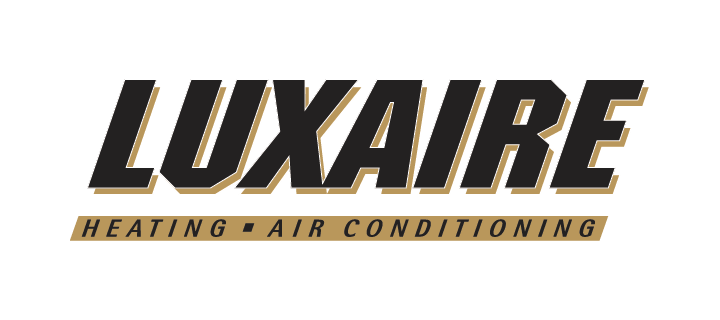



















.png?la=en&h=70&w=157&hash=717A494A27ED61C45CEF95AC3A9C6309)
